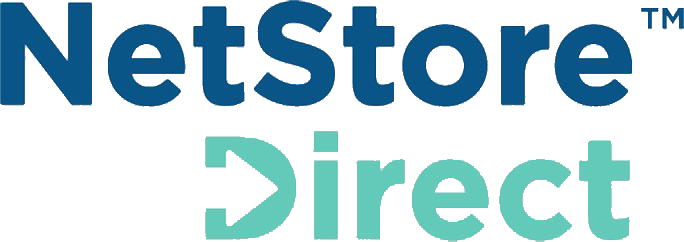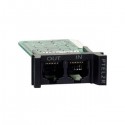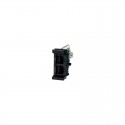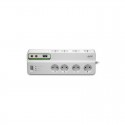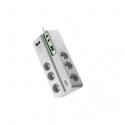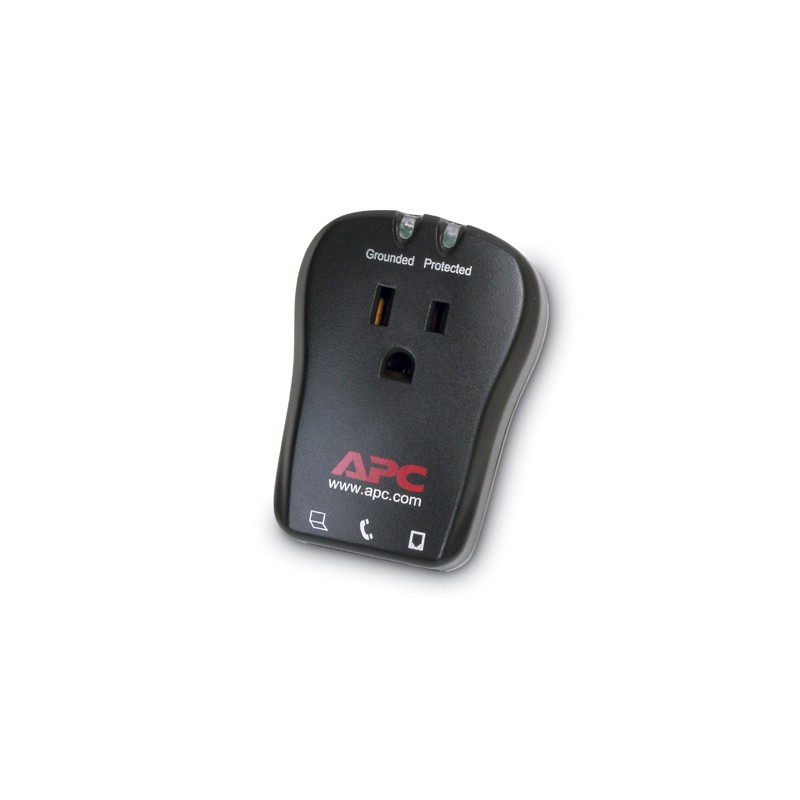
IEEE let-through rating and UL 1449 compliance
The 'Institute of Electrical and Electronics Engineers' (IEEE) Let-Through Voltage rating is based on a test that subjects a Surge Protector to a 6,000 volt spike. The rating equates to the amount of excess voltage that reaches connected equipment. The lower the number, the better the performance of the Surge Protector is. Underwriter's Laboratory's UL1449 surge protection safety standard uses these ratings to help users gauge performance. UL's best Transient Voltage Surge Suppressor (TVSS) Let-Through Voltage rating is "300V".
Data-line Protection
Protection of data lines (Ethernet, Coaxial and Phone lines) ensures complete protection of your equipment from surges. It is very important to protect your equipment from “back door” surges traveling through data lines, as they can be as damaging to your equipment as surges traveling over power lines.
Noise Filtering
Surge Protector attenuates EMI/RFI line noise that can cause data errors and keyboard lockups, ensuring better performance of protected equipment.
Fail Safe Mode
Most other surge suppressors continue to let power through even after their circuits have been damaged, leaving your equipment exposed to future surges. APC’s SurgeArrest fail safe, which means that once the circuit of an APC SurgeArrest has been compromised the unit disconnects equipment from the power supply ensuring that no damaging surges reach your equipment.
Protection Working Indicator
SurgeArrest will warn you if its circuitry has been damaged by heavy strike or power line surge and it is unable to provide 100% protection. If still under warranty, APC will then replace your damaged SurgeArrest free of charge.
The 'Institute of Electrical and Electronics Engineers' (IEEE) Let-Through Voltage rating is based on a test that subjects a Surge Protector to a 6,000 volt spike. The rating equates to the amount of excess voltage that reaches connected equipment. The lower the number, the better the performance of the Surge Protector is. Underwriter's Laboratory's UL1449 surge protection safety standard uses these ratings to help users gauge performance. UL's best Transient Voltage Surge Suppressor (TVSS) Let-Through Voltage rating is "300V".
Data-line Protection
Protection of data lines (Ethernet, Coaxial and Phone lines) ensures complete protection of your equipment from surges. It is very important to protect your equipment from “back door” surges traveling through data lines, as they can be as damaging to your equipment as surges traveling over power lines.
Noise Filtering
Surge Protector attenuates EMI/RFI line noise that can cause data errors and keyboard lockups, ensuring better performance of protected equipment.
Fail Safe Mode
Most other surge suppressors continue to let power through even after their circuits have been damaged, leaving your equipment exposed to future surges. APC’s SurgeArrest fail safe, which means that once the circuit of an APC SurgeArrest has been compromised the unit disconnects equipment from the power supply ensuring that no damaging surges reach your equipment.
Protection Working Indicator
SurgeArrest will warn you if its circuitry has been damaged by heavy strike or power line surge and it is unable to provide 100% protection. If still under warranty, APC will then replace your damaged SurgeArrest free of charge.
| AC outlets quantity | 1 |
| Certification | cUL Listed/UL 1449/UL 497A/UL 497B |
| Dimensions (WxDxH) | 54 x 57 x 76 mm |
| EMI/RFI noise filtering | 40 dB |
| Input connections | NEMA 5-15P |
| Input frequency | 50/60 Hz |
| LED indicators | Yes |
| Nominal input voltage | 120 V |
| Operating relative humidity (H-H) | 0 - 95 % |
| Operating temperature (T-T) | 0 - 40 °C |
| Package height | 117 mm |
| Package length | 56 mm |
| Package width | 155 mm |
| Storage relative humidity (H-H) | 0 - 95 % |
| Storage temperature (T-T) | -15 - 45 °C |
| Surge energy rating | 320 J |
| Weight | 0.17 lbs |
APC SurgeArrest Notebook
SurgeArrest Notebook
P1T
Out of Stock
£32.58
£27.15 Ex VAT. 